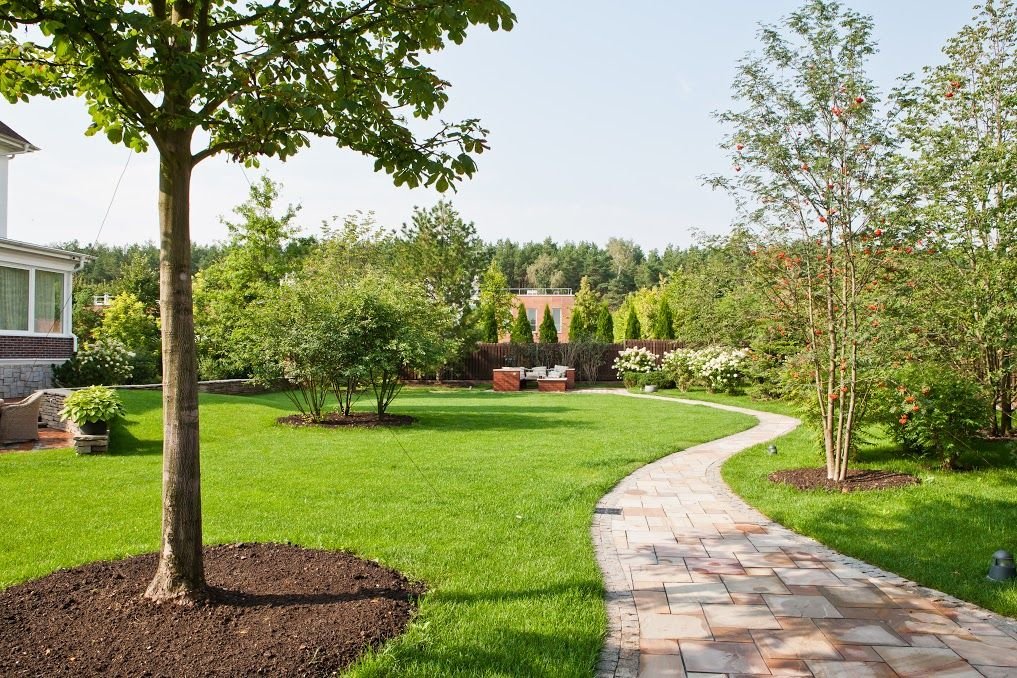burgess seed and plant zones
The USDA Plant Hardiness Zone Map is a useful tool for gardeners across the United States. The map is a guide to which plants fair better in particular regions and can be used to determine what types of plants you should grow in your area of the country. There are, however, a few things you should know about the map before you dive into another growing season.
1. What Do the Zone Numbers Mean?

There are 13 different zones within the United States. The lower numbers correspond to colder regions while the higher ones refer to hotter climates. Plants, however, are usually tagged with two different numbers separated by a hyphen. What does that second number mean? The second number actually refers to how hot the area gets in the summer. More specifically, the number corresponds to how many days the region normally experiences weather hotter than 86 degrees Fahrenheit. For example, an area in Heat Zone 4 means that it experiences 15 to 30 days where temps are above 86 degrees.
2. Plant According to Your Zone

It's tempting to think you can grow anything in warmer climates, but that isn't always the case. In fact, many plants that are rated for colder zones need some dormant time in order to bloom and bear fruit every year. If you live in a warm region, avoid planting plants in the 3-6 zone as they may not bear fruit or bloom properly. The same is true for colder regions, though you can get around this problem by planting in pots and moving indoors during the cold months. This will prevent the plants from dying in the frost, though it does take a little more care and attention to pull off.
3. Zones Offer a Plethora of Planting Tips

The hardiness zone isn't only a guide to the types of plants you can grow in a given area. The zones also provide you information about when you should plant. This is especially true when it comes to planting certain types of trees that go through a dormancy period in their yearly cycle. For example, you should take advantage of cooler seasons as this will allow the plant more time to acclimate to the weather. By planting in cooler conditions, you reduce the tree's water needs and help it start during a less stressful time. You can always plant when it gets warmer, but you will likely get marginal to average results.
Tips
It's a great idea to familiarize yourself with all the ins and outs of the hardiness zone map, including frost dates and sunset zones. By getting to know your planting zone, you can prepare for conditions and help your plant or tree reach its maximum potential. Above all, avoid growing plants that are rated well outside your area unless you have the means to compensate for the climate.
burgess seed and plant zones
Source: https://www.doityourself.com/stry/3-things-to-know-about-a-plant-hardiness-zone
Posted by: weeksnaters.blogspot.com

0 Response to "burgess seed and plant zones"
Post a Comment